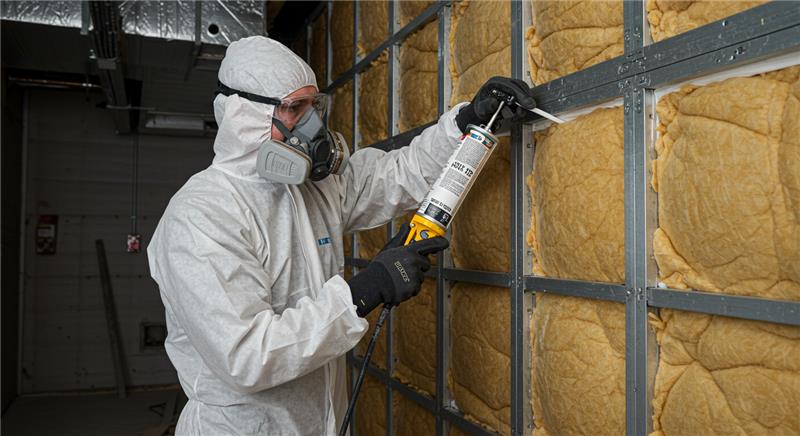
Air leaks are silent budget killers in commercial buildings. Whether you’re managing a retail facility, warehouse, or office building, small gaps and cracks in the structure can lead to massive energy waste. While insulation plays a major role in temperature control, it’s air sealing that ensures that conditioned air stays inside and outdoor air stays out. In other words, insulation without proper air sealing is like wearing a thick coat with the zipper open.
If you’re investing in commercial spray foam insulation, understanding how air sealing enhances its performance is crucial. This article breaks down why air sealing matters, how it works with spray foam especially closed-cell foam and what commercial property owners should know to maximize energy efficiency and long-term savings.
Commercial buildings lose up to 40% of energy through air leaks, especially in joints, vents, rooflines, and wall penetrations. These leaks force HVAC systems to work harder, leading to increased utility bills, uncomfortable indoor environments, and even premature equipment failure.
Signs your building has air leaks:
Ignoring air sealing leads to ongoing expenses that could be easily avoided with the right insulation strategy.
Air sealing refers to the process of closing gaps, cracks, and penetrations in a building’s envelope to prevent unwanted airflow. It’s different from insulation, which slows heat transfer. Air sealing stops the movement of air entirely, making insulation much more effective.
Spray foam insulation, especially closed-cell spray foam, acts as both an insulator and an air barrier. It expands on contact, filling crevices and hard-to-reach areas, creating a tight seal that traditional insulation methods can’t match.
Unlike homes, commercial spaces:
This makes air sealing an essential step in any commercial insulation plan. Without it, even the most advanced HVAC system can’t achieve optimal efficiency.
Closed-cell spray foam is ideal for air sealing commercial buildings due to its dense structure and high R-value. It not only seals air leaks but also adds structural strength and serves as a vapor barrier.
Key benefits:
| Air Sealing Element | Why It Matters | Fix It With |
|---|---|---|
| Roof-to-wall transitions | Major leak point in large structures | Closed-cell foam + proper flashing |
| Penetrations (vents, pipes, etc) | Air and moisture intrusion zones | Spray foam or sealant gaskets |
| Interior wall gaps | Impacts HVAC efficiency | Seal during foam application |
| Entryways and loading docks | High-traffic air loss zones | Insulated doors + sealing joints |
Choosing the right contractor for insulation is critical but more so when air sealing is a priority. Look for a team that:
Air sealing helps you meet LEED certification standards and local energy codes. It reduces your building’s carbon footprint, lowers energy consumption, and helps create a healthier indoor environment all increasingly important to businesses and tenants.
When you combine proper air sealing with commercial spray foam insulation, you don’t just insulate—you optimize your entire building envelope. You improve comfort, cut costs, and add long-term value to your property.
Ohio Valley Spray Foam is here to help you seal the gaps, boost performance, and future-proof your commercial space.
(740) 373-3626
[email protected]
https://ohiovalleysprayfoam.com
Air sealing prevents unwanted airflow through gaps or cracks in a building’s envelope. It reduces energy waste and improves comfort, especially in large structures.
Closed-cell spray foam fills and seals even the smallest openings, acting as both insulation and an air barrier for maximum efficiency.
Air leaks often occur around roofs, wall joints, pipe penetrations, loading docks, and HVAC connections.
Yes. Proper air sealing can cut energy costs by 20–30%, especially when combined with efficient insulation.
Signs include high energy bills, drafts, uneven temperatures, and visible cracks or gaps. Infrared or blower door tests can confirm air leakage.
Closed-cell foam is denser, resists moisture, and provides a superior air seal—making it ideal for commercial settings.